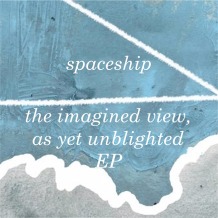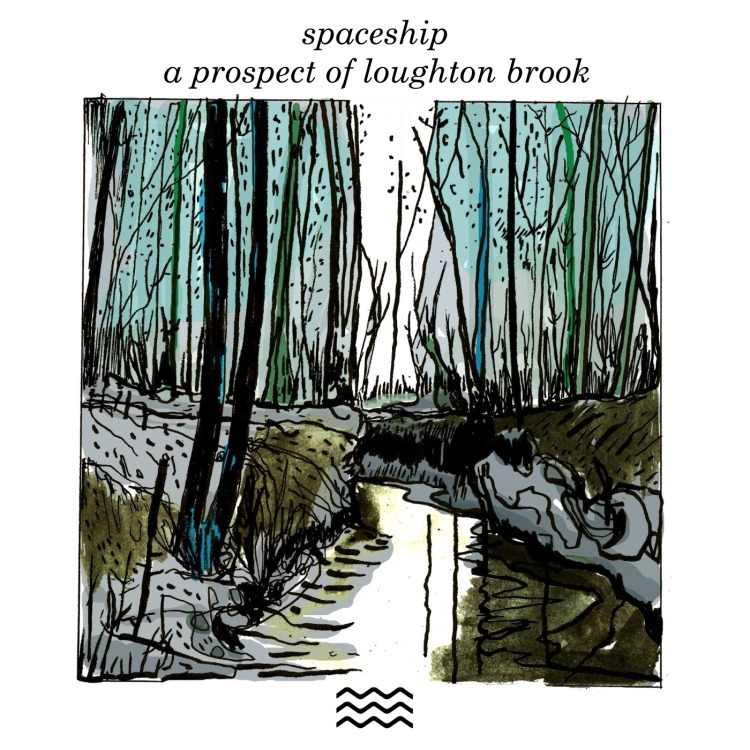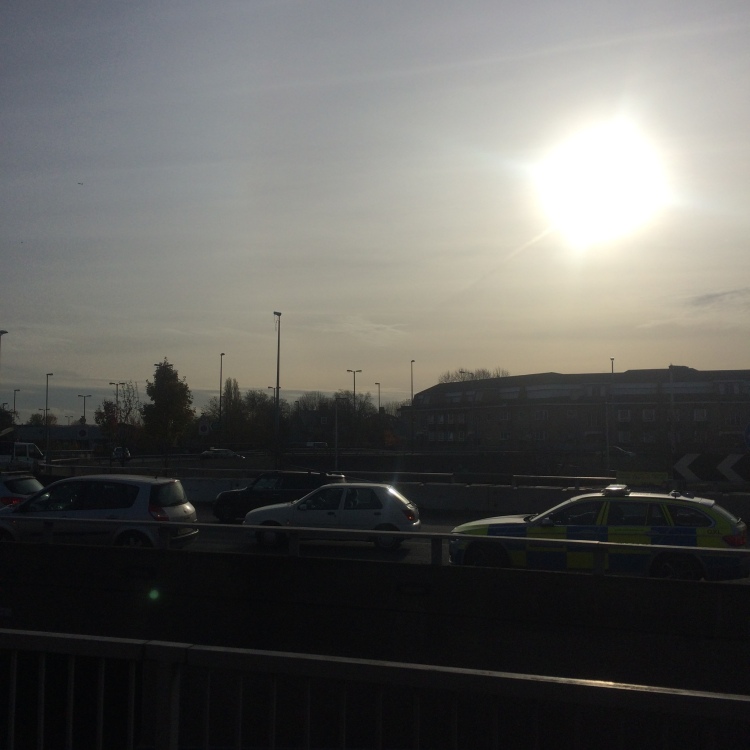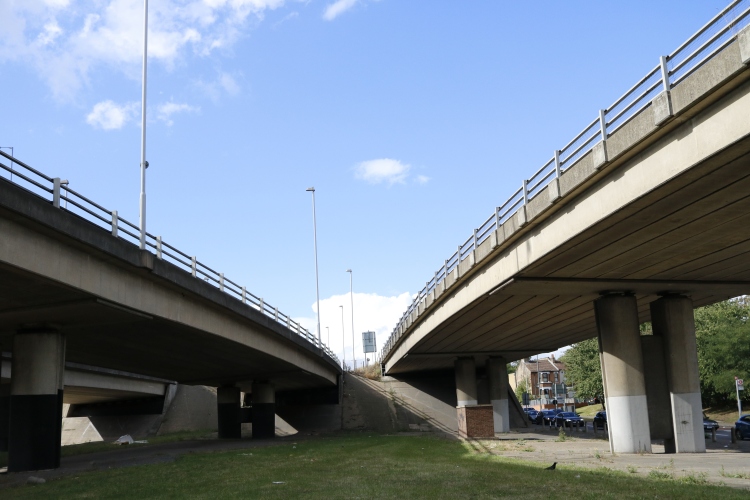I wrote this for a modelled write at work, but I quite liked it so here you go:
Once upon a time there was an egg and his name was Humpty Dumpty. One day, Humpty Dumpty was strolling through a verdant green forest. In the trees, the birds were singing whilst new born lambs gambolled in the nearby fields.
At that very moment, Humpty felt like he was the happiest little egg in the whole wide world. Unfortunately, his happiness was to be short lived…
Whistling a merry tune, Humpty continued on his ramble through the countryside and eventually began to feel a little hungry.
“Time to eat my packed lunch,” he said to himself (and to the butterfly fluttering around his face).
Looking around for somewhere to sit, Humpty Dumpty spotted a wall. It was, he thought, a little high but it looked easy to climb and wide enough to sit upon. Carefully, Humpty climbed the wall. The grey stone was dry, and his eggy feet gripped easily. After less than two minutes of climbing Humpty Dumpty found himself sat on the wall.
Meanwhile, a full complement of cavalry guards were practicing manoeuvres. The King’s horses and the King’s men worked together perfectly. Almost silently, they moved in squares, changed formation, and prepared for imaginary attacks. Presently, they came to break for refreshments.
“Sir?” asked a young corporal.
“Yes, Corporal Jenks?” replied the commanding officer.
“Do you see on that wall over there? It looks like an egg eating its lunch.” pointed out the corporal.
“By golly you’re right!” exclaimed the CO, “It looks like that idiot Humpty Dumpty. We’d better get over there and check he’s safe!”
With that the CO ordered all his troops to advance on Humpty’s position, but they were to be too late…
Atop his wall, Humpty Dumpty was admiring the view. As he looked to the distance he saw a beautiful flock of geese flying in a perfect V formation towards him. He admired the birds as they flew closer and closer. As they began to fly overhead, he leant backwards to see them. Being an egg, and therefore having no neck, Humpty was obliged to bend back from the knees. Fascinated by the birds Humpty leant back further and further and further until his little legs could support him no more.
Before Humpty realised what was happening his egg body was tumbling down the wall. As time slowed in his mind he wondered if he would survive such a great fall.
Splat! Humpty hit the ground. His shell cracked into a hundred pieces and his yolky innards began to spread around him in the short grass. At that moment, all the King’s Horses and all the King’s men arrived on the scene.
“Heelllppp,” murmured the mortally wounded eggman.
“Quickly,” ordered the commanding officer, “put him back together again!”
For hours the military surgeons laboured over the stricken Humpty Dumpty but to no avail. In the end they reported that this egg was truly fried. Sinking into his saddle, the CO thought long and hard.
“Well,” he said finally, “you may not be able to put him back together again, but I know a man who can. Men! Collect the fragments of this forlorn ovoid. We ride for castle of Dr. Frankenstein!”
The already rotting scraps of shell and slowly desiccating albumen were scooped up into a large jar and loaded onto a cart. The cavalry unit then began the march the mountain retreat of the famous scientist, Dr. Frankenstien.
As they rode on, tall mountains rose to flank the path. At their peaks, snow still covered the rough and rugged rocks. Occasionally, the soldiers would hear the bleat of a mountain goat or the screech of an eagle.
After a day’s ride, they arrived at the castle. Its dark stone walls rose vertically from the mountain side and the only entrance was via a heavy wooden door. At the top of the highest turret, a curious set of antennae and other strange metal structures reached skyward.
The commanding officer dismounted his horse and stepped towards the door. With his gloved and armoured hand, he rapped three times.
“Frankenstein! Its me, the Major. We have need of your aid!” he called out.
Slowly the door opened and stood within was a small man in a white coat, his hair wild and singed.
“I know vhy you here,” he said softly with a hint of an accent, “bring him in.”
Carefully, the soldiers carried Humpty’s jar up to Frankenstein’s laboratory. There he was unpacked and laid out on the doctor’s table.
“Ve are forecast storms tonight,” said the doctor, “Zis is gut.”
Piece by piece Frankenstein glued, stitched and stapled Humpty’s shell back together. When the body was whole again, he poured in what was left of Humpty’s eggy insides through a hole he had left at the top. Much had been lost, so Frankenstein topped Humpty up with a strange, green, bubbling fluid he poured from a steel barrel.
Finally, the stricken eggman was strapped into a chair from which wires and cables reached to a great electrical contraption of dials, levers and switches and then on, upwards, to the ceiling of the room.
“Now ve vait for ze storm,” said Frankenstein.
Night fell swiftly in the mountain and storm clouds began to gather. The distant sound of thunder drew closer as the doctor made adjustments to his machine. Eventually the storm was upon them. Lightning struck the conductors and coursed through the machine and into the wrecked body of Humpty. His eggy frame convulsed as he was filled with frightening power.
Suddenly Humpty’s eyes opened wide and wild. He ripped off the shackles that bound him and leapt from the table, his face a contorted grimace.
“I am the eggman!” he cried. Lightning flew from his fingers toward the gathered soldiers and Dr. Frankenstein. “You are the eggmen!” he screeched. As the lightning wrapped around the assembled throng they began to change, their bodies growing rounded, their faces sinking down to their chests until they were as egg-like as the monster before them.
“I am the Walrus!” wailed the Humpty-creature triumphantly as long tusks grew from his mouth and long whiskers sprouted from his face.
With that he bounded from the room, down the stairs to the courtyard and out of the castle doors, never to be seen again.
Now, many years later, if you were to travel to those misty European mountains, perhaps you would hear the story told children to scare them to bed.
“Beware the toothy-eggy man,
He will catch you if he can,
He’ll turn you to an eggman too,
And that will be the end of you…”
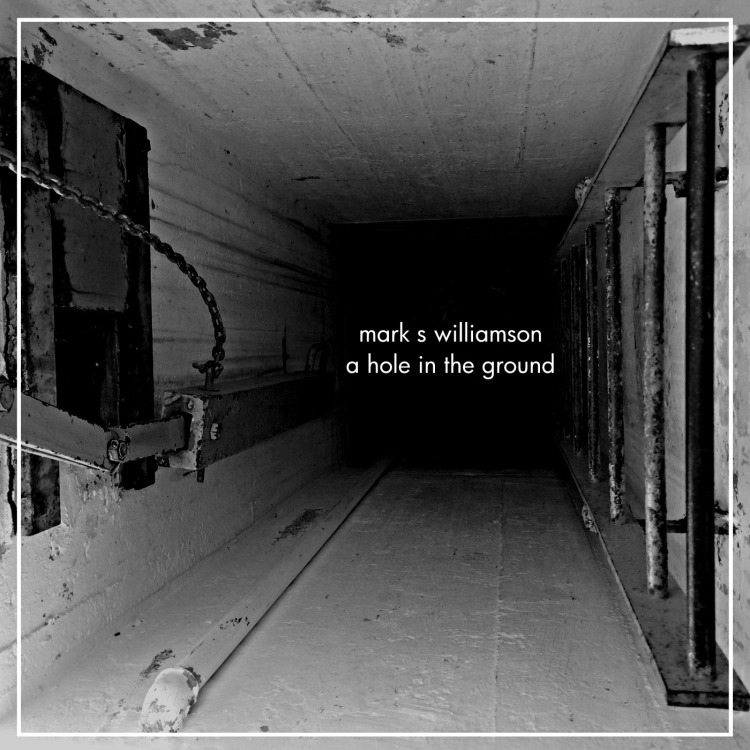



 The initial run of 50 deluxe CDs has now sold out, but a second edition is available for
The initial run of 50 deluxe CDs has now sold out, but a second edition is available for 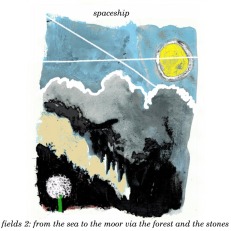 stones’. Like 2016’s
stones’. Like 2016’s 